October marks the beginning of Italian American Heritage Month, a celebration of the lasting impact Italian immigrants have had in the United States. For many, including Danielle Caminiti, whose family hails from Naples and Sicily, this month is deeply personal. Italian migration to New York surged in the late 19th century, with families creating vibrant communities like Little Italy. They brought with them strong values of family, tradition, and an authentic way of living—values that still resonate today.
In busy cities like New York, where life often pulls us in different directions, there is still much to learn from Italy about staying connected to family and preserving the essence of simple living. In this interview, Danielle reflects on how her Italian roots shaped her life, from growing up in a home rich with family traditions to finding passion in the kitchen. As we’ll discover, living authentically is a lesson that endures, even in the fast-paced world of today.
01:27 Where were you born and raised?
I was born in New York, New York City, so Manhattan, not far from Little Italy and Manhattan. I was raised in a suburb of Staten Island, New York, and I’m still based in New York.
01:45 I believe, especially after reading your cookbook, that you lived with your parents and your maternal grandparents.
That’s correct. So we had a two family home. My parents still live in that home in Staten Island. My grandparents have since passed on, but we lived with my maternal grandparents since when I was about six months old. We moved from New York City to Staten Island.
And it was the best childhood I could have asked for. We were very closely knit. My other grandparents, my paternal grandparents, lived in Little Italy in Manhattan, which is where a lot of Italian immigrants settled.
And so we saw them as well. We were very much preserving our culture, traditional family, very tightly knit.
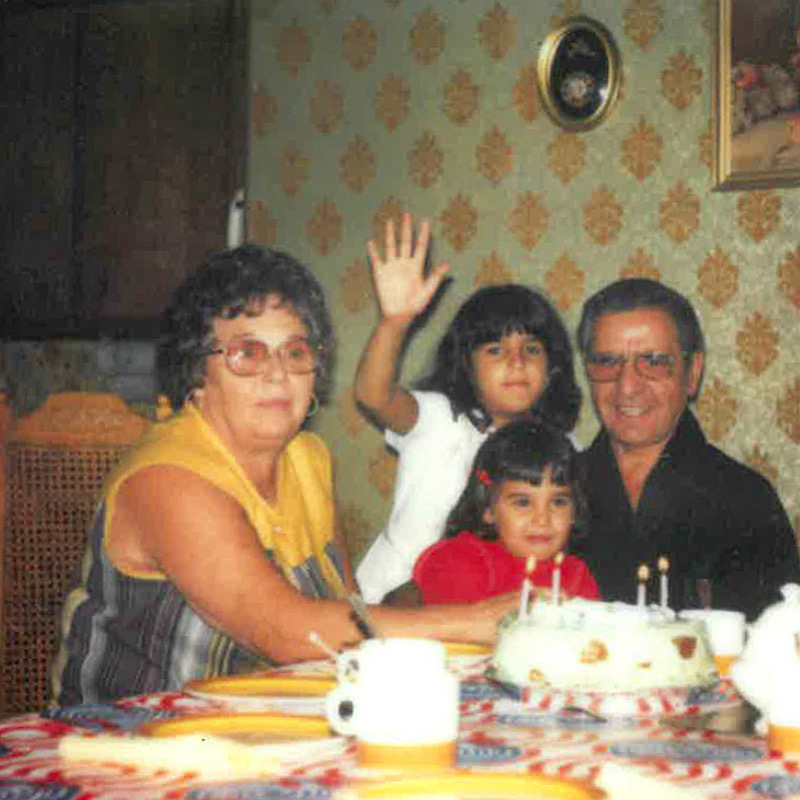
02:55 Tell us more about your life with your grandparents in a house with two kitchens.
We actually had three because my mom and dad had a basement and then a main level and then my grandparents lived upstairs. So I had the best of both worlds and there was food around us all the time.
My Nana, as we called her Nana, was always cooking. That was what she did from the morning until the night. She was a homemaker. My grandfather was a government worker.
He would be home about probably five o ‘clock at night. My dad who worked in the city would be home about 7: 30. My grandparents ate earlier and my parents later when my dad got home.
So I would eat dinner both upstairs and downstairs!. There was constantly eating and food everywhere. I think it is what propelled me or kind of helped me along the way in terms of authoring a cookbook. While I wasn’t formally trained in culinary education, I would watch my Nana cook all the time from when I was a very young girl and my mother as well.
That said, the two kitchens really came in handy not only because it helped me eat what I wanted to eat, but it also helped me see how they would prepare food for the family.
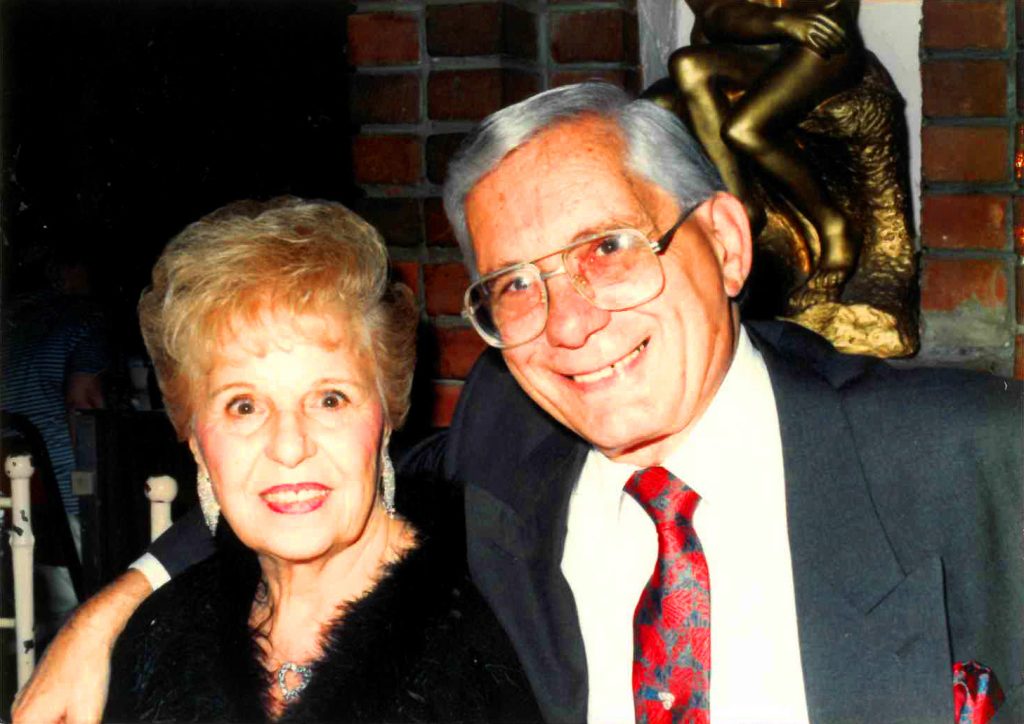
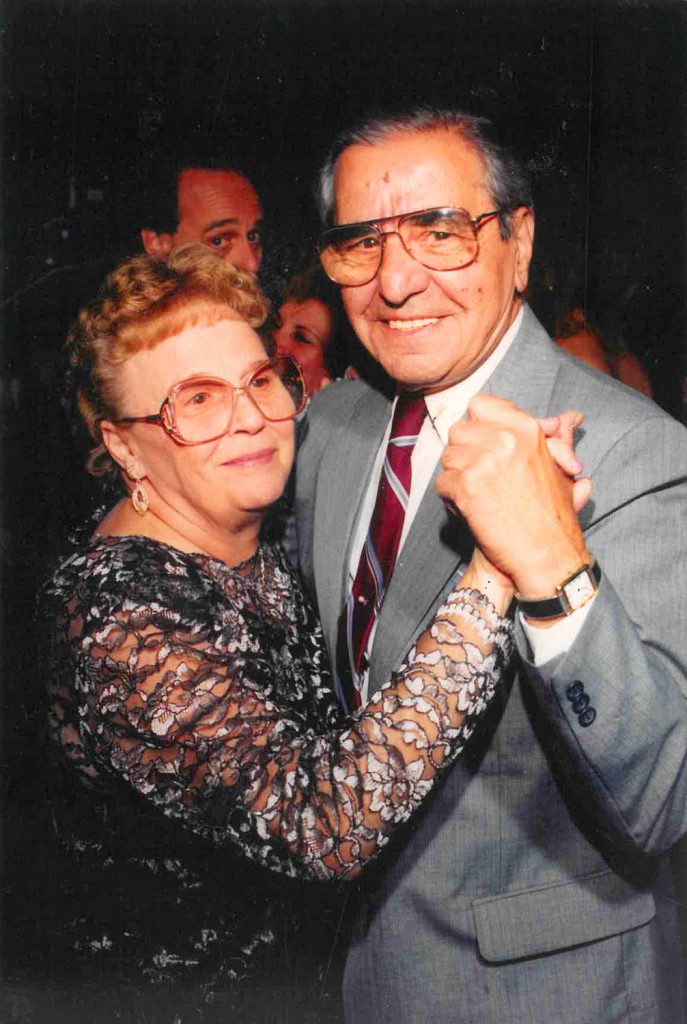
04:42 Let’s talk now about your paternal grandparents. What was it like living in Little Italy and visiting them there?
The Feast of San Gennaro (which we’re just coming off now in Little Italy) and takes place every year is right down the block from where they settled.
They settled on Mulberry Street. Little Italy was a very insular community back then so my dad and my mom actually knew each when they grew up. Families knew each other and it was a very tightly knit community–everybody knew everybody and looked out for each other. I still feel that sense of pride and community when I visit and also attend the San Gennaro festival. So it’s definitely a tradition that I’m very proud of.
06:22 Although today, Little Italy is more touristy, what do you think is still preserved there?
I think you’re right, it has, it has decreased over the years, and every year, more so. Families separate, move for jobs, and then sell because they don’t have any need to be in Little Italy anymore.
I think there is still very much a sense of community among the people that were there. It’s interesting how social media kind of helps to preserve that. You might be somewhere across the country, but you have had experiences going to little Italy, or had family and friends that grew up there.
Even if you’re not able to get there yourself, you can see it on social media and feel like you’re part of it – like the procession and street food. In a way, technology has kept us a part of this community.
There are other Little Italy’s around the country, but I think New York’s, because it is one of the largest, it’s just something really special because of Ellis Island and all the immigrants that settled there.
New York is still the heartbeat of that heritage. It is like the pulse.
09:18 Your story (and cookbook) born out of passion, and also during COVID. So looking back, talk about some of those challenges in that time.
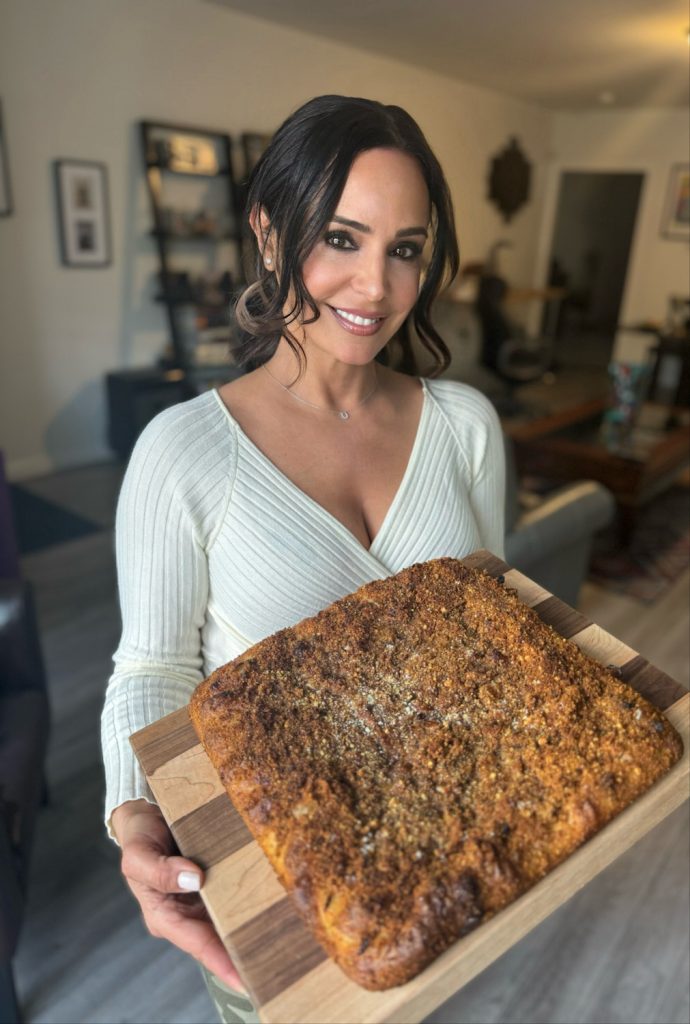
I’m a lawyer by trade and have been a practicing litigator for two decades. When the courts shut down in New York, I was home. We didn’t know if we would get back to work at all. Other than judges and court officers, the lawyers weren’t going into court. I’m self employed so it was a very nerve wracking time and often a very depressing time.
And the only thing that helped me kind of feel in control and sane was to plan out my menu every day, because that was something that I found pride in cooking. It was something I looked forward to every day, as opposed to turning on the news and hearing all the tragedies. Planning menus and searching for my ingredients helped me survive.
Then I started remembering (for example) this is the way that Nana made it or this is the way that my Aunt Maria made something. And then I would recreate it.
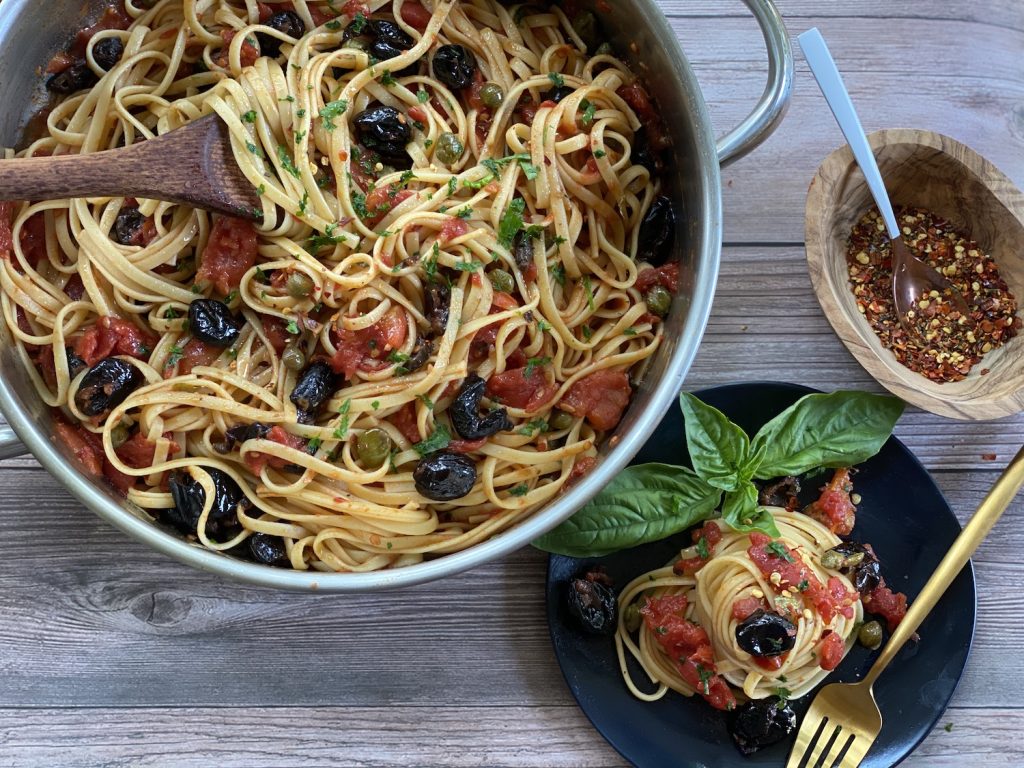
I started recipe development–not only making things that I knew, but things that I didn’t know, like tikka masala or something like that. My son was my little taster, and he would taste everything. Then I started taking pictures of the food., just with my iPhone not with a professional camera.
Then I would post the pictures, as a lot of people did, on social media. I also worked on staging the food and making it nice and presentable with garnishing. That took it to another level. And then after a while, my friends and family convinced me to write a cookbook?
All of this eventually led to From Courtroom to Cucina. It’s 70 authentic recipes that took me from litigation to salivation and that became the title.
I self published and that was challenging, because I never published a book before. And because it was on Amazon, I found navigating through and formatting the pictures difficult.
13:41 About Have U Covered
Have U Covered LLC is my law business, but then I started a spin off of it, which was Have U Covered in the Kitchen. So it kind of was like a natural transition and my dad helped me trademark the logo. It’s the scales of justice: a frying pan and a colander. And it’s the Italian flag colors, green, white and red.
One of the biggest challenges I think I faced with starting the cooking venture that included the social media and logistics of publishing a lookbook was wondering if people would take me seriously. Like here I am a lawyer and not a chef. Then when I do get back to court, will I have an identity crisis? Would people ask: “is she a lawyer or Is she a chef?” So there was a lot of imposter syndrome going on in my head.
Ultimately, it proved to be a very positive thing because when we did get back to court, They appreciated that I used the time so wisely and shared that they were motivated to do things like take piano lessons or write a book. So I think it was twofold. It not only was a cookbook, but it was also like a self -help motivational book.
You don’t have to be pigeonholed into what you professionally do. We have a lot of interests.
17:29 Your cookbook is like a memoir. Let’s go back to heart: heart and soul is why it came about. It’s almost like being there with you.
Yes, you said it very well. You can always go to Pinterest, you can go online and find a recipe, but you don’t have any sense of that person’s story or backstory or personality.
When I wrote the intro, it kind of takes you through from birth to COVID and in very few pages, but it tells you exactly why I did what I did and what the meaning was for me.
So it was very meaningful for me to write this cookbook because it was a moment in time. It encapsulated and memorialized for me a very crucial time period in my life when It was like my baby. Everyday, I’d get up and nurture it, having the discipline to write a recipe and then scratch that and then write it again and then take pictures of it.
I had tunnel vision and wanted to get this done. I really felt like likeI had my grandmother’s voice in my head every time I would make a recipe.
20:35 Was it a challenge to write recipes that had been passed down by family who had not used measurements?
Definitely, to quantify everything because our grandparents and our ancestors didn’t quantify anything.
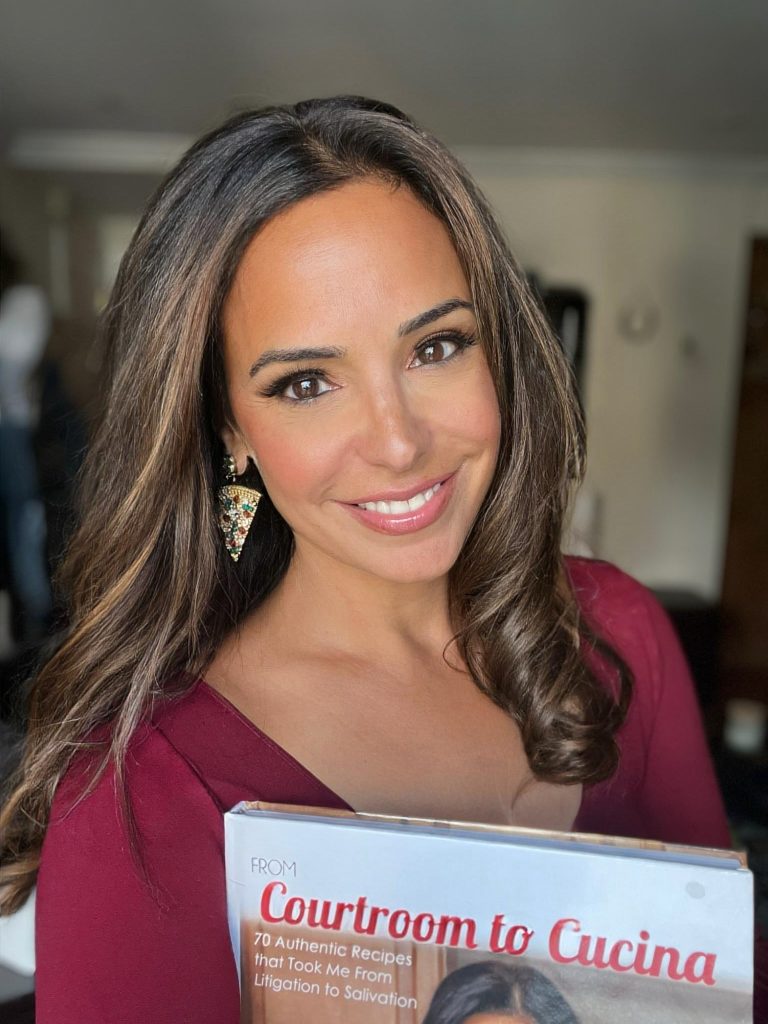
And I still, too, to this day, a lot of times I don’t measure anything. But of course, when you’re writing a cookbook, you can’t say, put a little garlic and a lot of oil and a little bit of this and a little bit of that.
So yes, it was challenging to quantify everything because I wouldn’t necessarily make a recipe the same way twice. And I might put one thing in and once another thing in at another time. That was difficult.
Another difficult aspect of it was remembering what maybe my grandmother would do and I’d ask my mom. We didn’t have anything written down. Maybe they, at best, had something on an index card, which was faded and probably half written in Italian.
You don’t really know and you’re kind of ‘guess’-timating things. And another part of it was, even to this day, when I post recipes, sometimes Italians will say, “what do you mean? You don’t measure the garlic.”
My book is not only an Italian American cookbook. It’s a cookbook that has a lot of other ethnic cuisines in it. There’s Greek, Asian, and Indian. I love all kinds of food because I grew up in New York.
We have everything here, which is a great thing. So it’s very diverse, and I really do enjoy it. And Little Italy bordered Chinatown so, of course I have Asian recipes.
Because people lead busy lives, it was also important to be very user friendly. A lot of my friends specifically never really learned how to cook or they never really invested time in learning how to cook because it’s so easy to order food or eat out. So there’s a section in the book that is titled ‘Getting Started’. It tells you everything, all the tools that I use.
23:34 – 26:29: Watch the video interview to hear about some cooking tips.
26:46 Sometimes Italians might say that Italian American food is not truly Italian. What would you say to them?
Well, it’s true. A lot of Italian American cuisine is not Italian. It’s Italian American. It’s a very different culture. Our relatives came over here to America to assimilate and settle and develop their own spin-off cuisine. So no, it’s not Italian per se, but it’s Italian American. It’s Americans of Italian descent who came over here and made their own recipes.
For example, Stromboli is an Italian American creation. I don’t know if they have Stromboli in Italy. Same with Fettuccine Alfredo, or like chicken cutlet parm.
These are Italian American foods. Similarly, I did not grow up eating spaghetti and meatballs. That’s something I think that I guess you would say it’s more Italian American or like what you would see in a Disney movie.
We always had pasta and polpette or meatballs, but with short pasta. It was never spaghetti and meatballs. Italian American cuisine is not trying to be Italian, nor should Italian cuisine try to be Italian American.
29:41 What does “Italian American Heritage Month” mean to you?
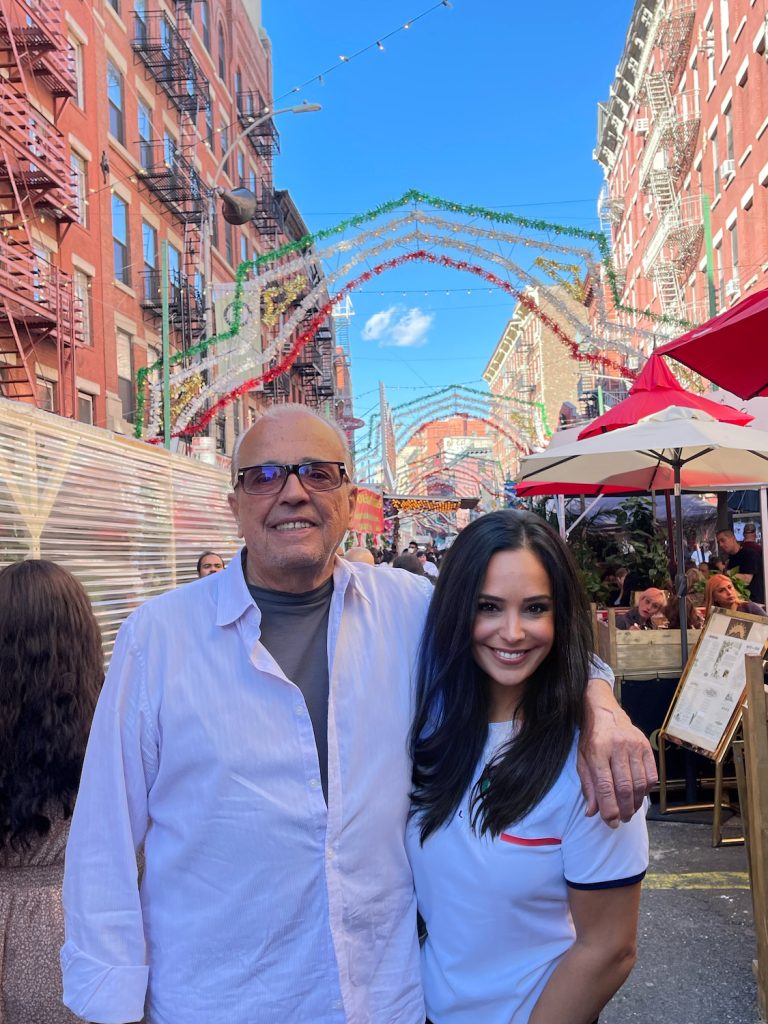
Italian American Heritage Month is something that I take very immense pride in every year. Italian feast season is all summer here in New York. We always try to attend the feasts and bring our families there. We eat at the restaurants that we know and see our friends and associates.
Columbus Day is coming up. So that’s definitely a part of Italian American Heritage Month. I love and enjoy the parades and the processions, and everything surrounding the month. It’s really important for us to preserve our cultural identity, especially nowadays when everybody is so spread apart.
I am still in the hub, which is great to me. It can be stressful living in New York sometimes, but I feel very connected to my roots here.
31:05 What are your goals? What’s the next step for Danielle?
So I don’t know what the goals are. I still love cooking and teaching cooking and that I have the cookbook.
I would love to do volume two in some way. I’ve been talking with a couple of brands. I have my favorite brands that I use and I’d like to experience incorporating them in my recipes or learning different recipes with their products.
I’d love to do some TV work or maybe have some sort of a cooking show, so there’s just a lot of possibilities. I do enjoy interacting with people. I enjoy talking to people. It’s probably, it’s easy for me to do that being, I guess going to court.
Where are your grandparents originally from, or your great grandparents, I guess?
So both sides are from Naples, and my dad’s side from Naples and Sicily. So Messina, Sicily–I’m basically like seven-eighths, Napolitana, you would say, from Naples, and one-eighth Sicilian. My last name is actually Sicilian, Caminiti.
32:07 Have you been to Italy? If so, where?
Yes, I’ve been to Italy multiple times and Sicily: a lot of different regions from Venice to Milano to Florence and Siena, Calabria: Naples, Positano; Portofino and Santa Margherita. Italy is remarkable: they really really do know how to live life and not get wrapped up in commercialism. There’s such a strong connection to family. I think that’s kind of what’s lost in translation with Italian Americans here along with a lot of Americans here.
Follow Danielle
Website
Instagram: haveucoveredinthekitchen
Facebook | Pinterest | YouTube


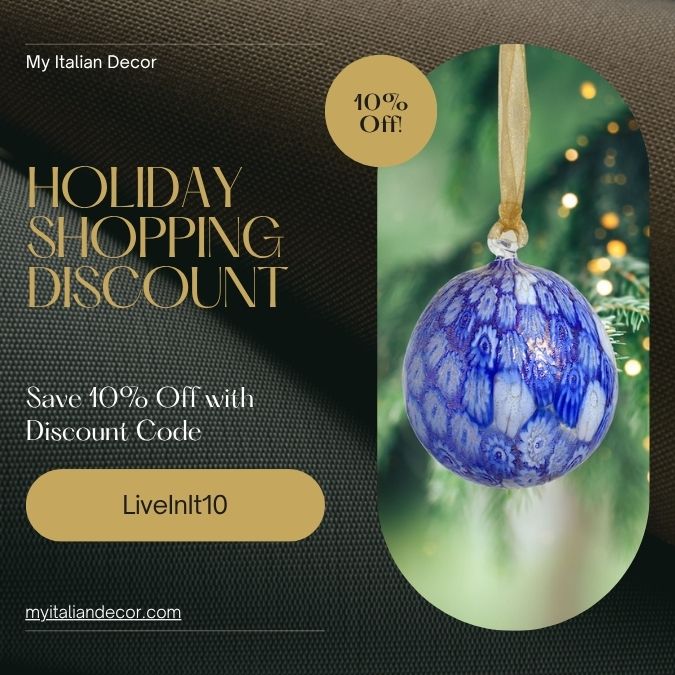
Congrats on the cookbook!
Hola Anahi, gracias por descubrir la revista Live in Italy. Te enviaremos un correo electrónico a finales de esta semana para responder a tu pregunta directamente.